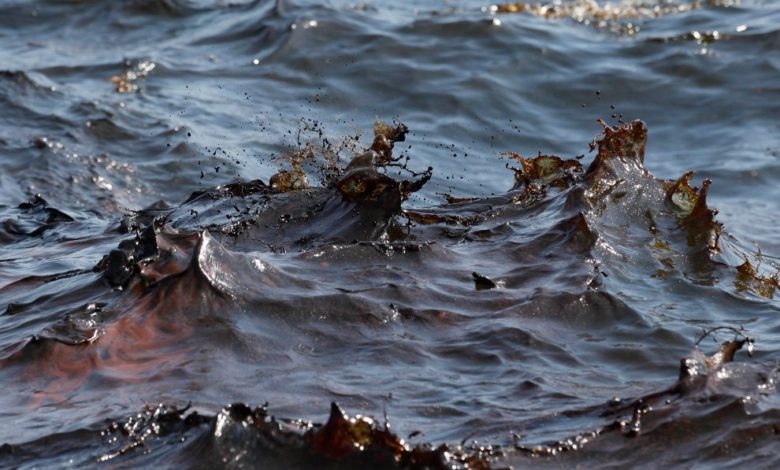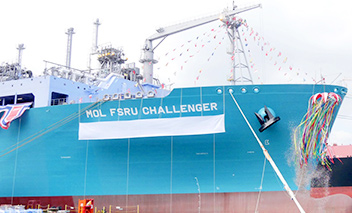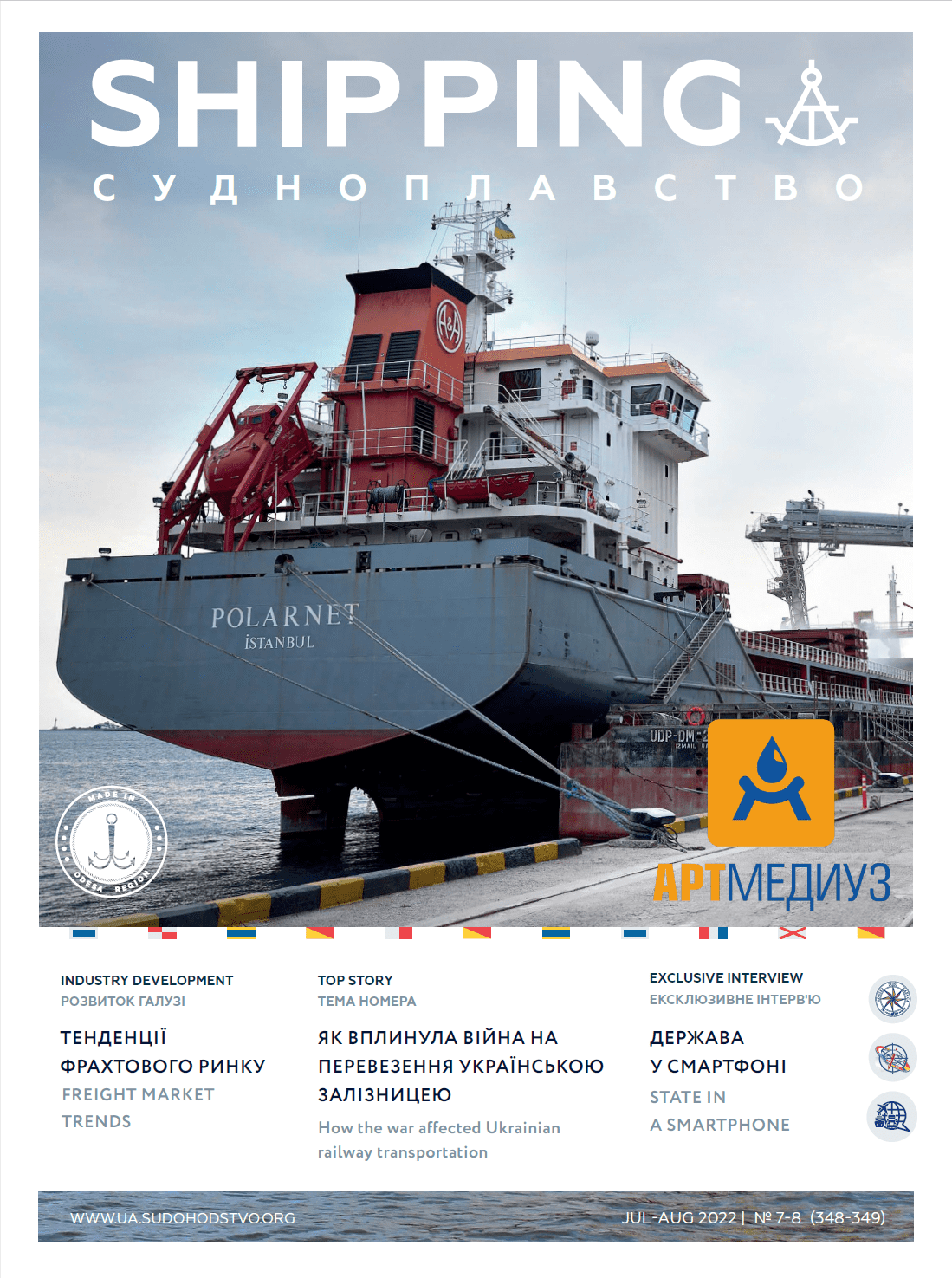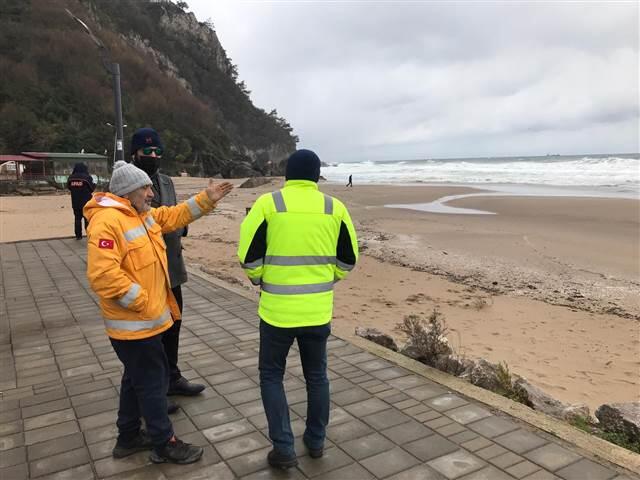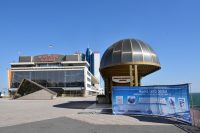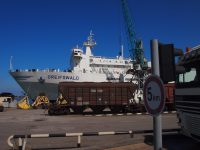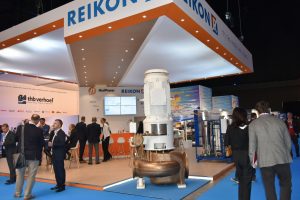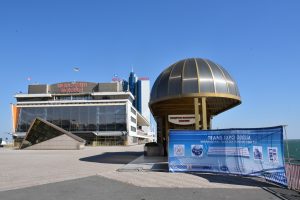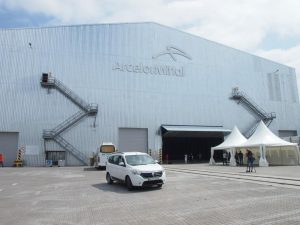Shell Canada Energy, an affiliate of Royal Dutch Shell plc (“Shell”), today announced it has taken a final investment decision (FID) on LNG Canada, a major liquified natural gas (LNG) project in Kitimat, British Columbia, Canada, in which Shell has a 40% working interest. With LNG Canada’s joint venture participants also having taken FID, construction will start immediately with first LNG expected before the middle of the next decade.
Shell’s 40% share of the project’s capital cost is within the company’s current overall capital investment guidance of US$25-$30 billion per year.
“We believe LNG Canada is the right project, in the right place, at the right time,” said Ben van Beurden, Chief Executive Officer, Royal Dutch Shell. “Supplying natural gas over the coming decades will be critical as the world transitions to a lower carbon energy system. Global LNG demand is expected to double by 2035 compared with today, with much of this growth coming from Asia where gas displaces coal. LNG Canada is well positioned to help Shell meet the growing needs of customers at a time when we see an LNG supply shortage in our outlook. With significant integration advantages from the upstream through to trading, LNG Canada is expected to deliver Shell an integrated internal rate of return of some 13%, while the cash flow it generates is expected to be significant, long life and resilient.”
LNG Canada is a long life asset that will initially export LNG from two processing units or “trains” totaling 14 million tonnes per annum (mtpa), with the potential to expand to four trains in the future. It is advantaged by access to abundant, low-cost natural gas from British Columbia’s vast resources and the relatively short shipping distance to North Asia, which is about 50% shorter than from the US Gulf of Mexico and avoids the Panama Canal. The LNG export facility will be constructed using proven industry technology on a large, partially developed industrial site with an existing deep-water port, roads, rail and power supplies.
The project was planned and designed by working closely with local communities, First Nations and governments to ensure sustainable development was considered in every aspect of the project. For example, the project has been designed to achieve the lowest carbon intensity of any LNG project in operation today, aided by the partial use of hydropower.

